Guest post by Chadd Scott, founder, See Great Art
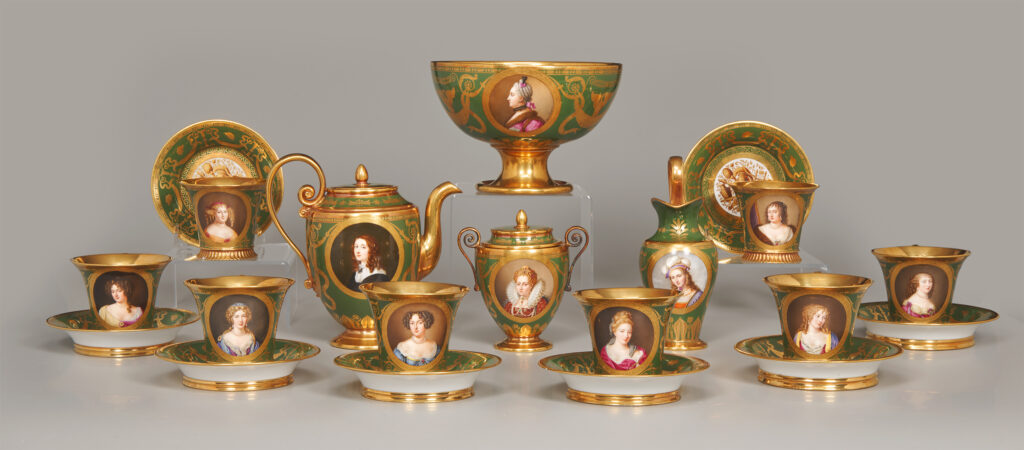
The preeminent American exhibition of female European Old Master paintings last year occurred during the Baltimore Museum of Art’s presentation of Making Her Mark: A History of Women Artists in Europe, 1400–1800. However, anyone expecting the groundbreaking survey to simply ascend a group of overlooked female painters to a heightened status equal that of their male contemporaries, think again.
The show does that, but it does something else at least as important. Probably more so.

Appreciating art in many forms
Making Her Mark demands equality between not only genders, but mediums, giving art history not only more depth, but also more breadth. While scholarship about historic women artists has seen an increase in recent years, these efforts remain largely focused on an elite group of artists working in large-scale painting and sculpture—think Artemesia Gentileschi. Making Her Mark expands our understanding and appreciation of women’s contributions to the history of Western art beyond the established dominance of painting and sculpture.

In novel fashion, the exhibition explores the varietyof women’s artistic endeavors with works ranging from royal portraits and devotional sculpture to tapestries, printed books, drawings, clothing and lace, metalwork, ceramics, furniture, and other decorative objects—arguing for a reassessment of European art history to incorporate the true scale and range of their contributions.
An comprehensive survey of art by women
No previous exhibition has presented such a thorough and diverse assortment of women’s artistic accomplishments from the period. These accomplishments were often produced on an intimate scale, delicate, designed for the home.
They whisper.

Contrast that against acknowledged “masterpieces” from the period, the Sistine Chapel ceiling, huge frescos, and sculptures meant to be viewed in cathedrals shouting their brilliance.
Making Her Mark challenges “the ongoing gendered notions of the heroic and spectacular as the standard measures of quality, significance, and legitimacy in Western culture,” in the words of exhibition co-curator and the Baltimore Museum of Art’s Senior Curator and Department Head, Prints, Drawings & Photographs, Andaleeb Badiee Banta.
The art of collaboration
Furthermore, no exhibition has paid this much attention to women working collaboratively, in workshops, or out of the home. This also runs counter to how 500 years of Western Culture has been taught and valued.
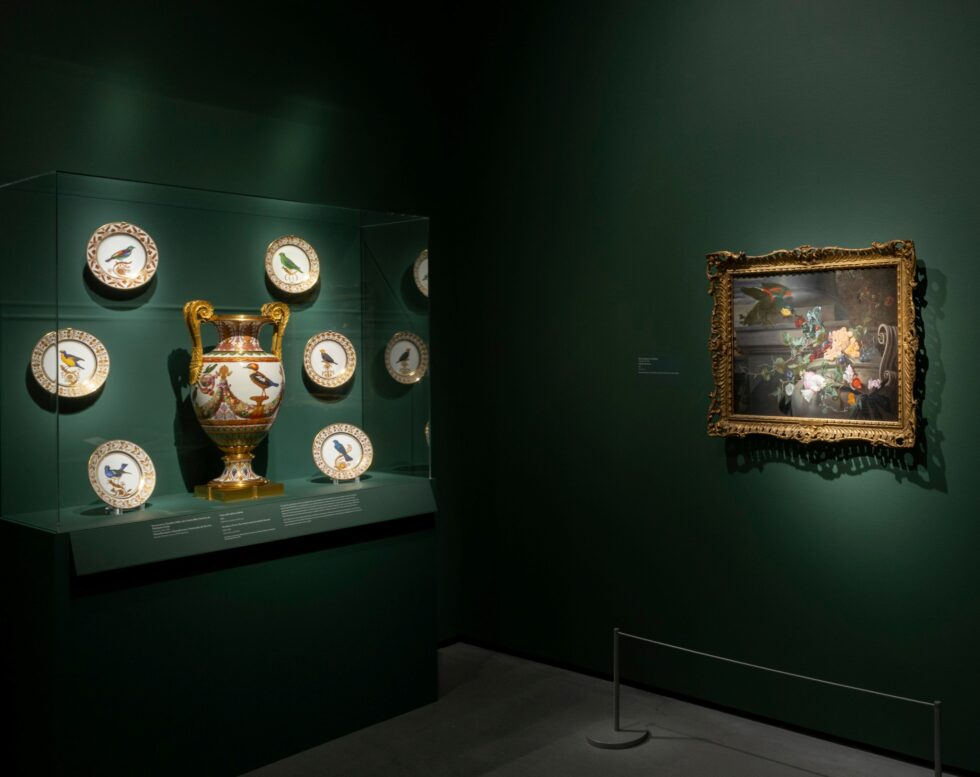
“The fundamental format of Western art historical record is based on the biography,” Banta told me. “Dating back to the Renaissance, artist Giorgio Vasari (1511–1574) wrote biographies of artists, mostly painters, (which) he construed as the epitome of artistic accomplishment.”
It’s right there in the title: The Lives of the Most Eminent Painters, Sculptors and Architects.
First published in 1550, Vasari’s compilation of artist bios is chock full of errors and gossip. While by no means comprehensive, scholarly or impartial, it nonetheless served as the wellspring from which populist European art history flowed for centuries. He and his book have been credited for “inventing art history.”
It privileged the individual. The male. The painting.
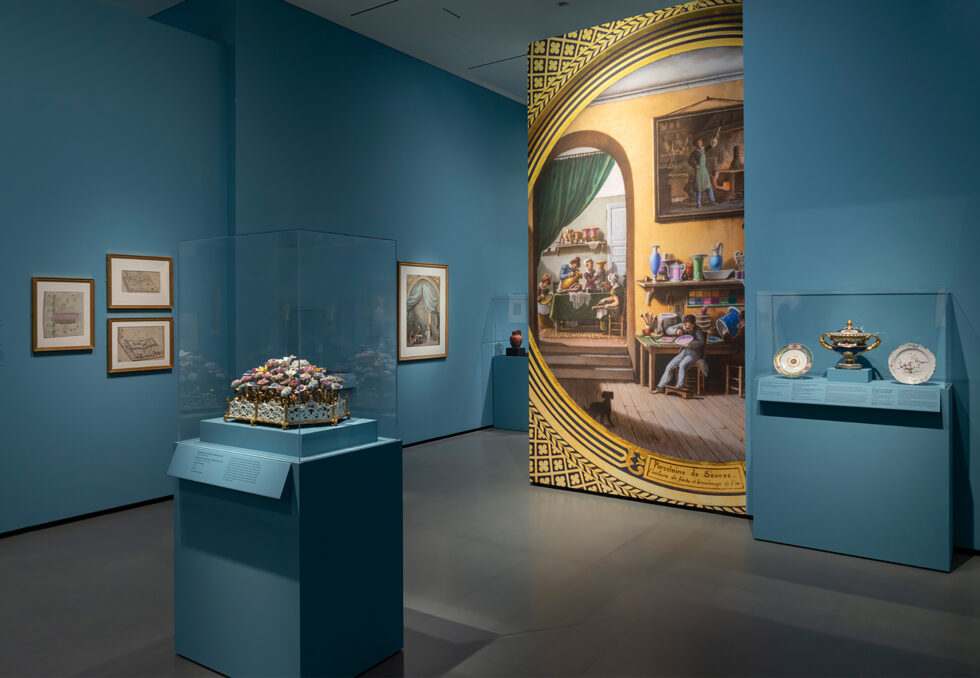
“Artists who worked in collective or workshop settings, or those who pursued artistic aims that did not subscribe to the male-determined categories of art that qualified as important or serious, namely large-scale painting or sculpture, were not addressed,” Banta said. “Because women makers were barred from learning alongside their male counterparts for centuries, much of what they made was relegated to categories that we now refer to as material culture rather than considered fine art, and their identities were either elided or never recorded in the first place. Vasari’s biography model established the historical norm that has been perpetuated until the present day in the format of the monograph or catalogue raisonné, from which most women’s artistic accomplishments have been omitted.”
Exceptionalism revisited
For centuries, women artists in Europe who achieved professional artistic careers were deemed anomalous or exceptional, while those who engaged in creative pursuits in the home were dismissed as amateurs. Making Her Mark corrects these commonly held beliefs by examining the different ways in which women contributed to the production of art and their pursuit of professional and commercial successes.
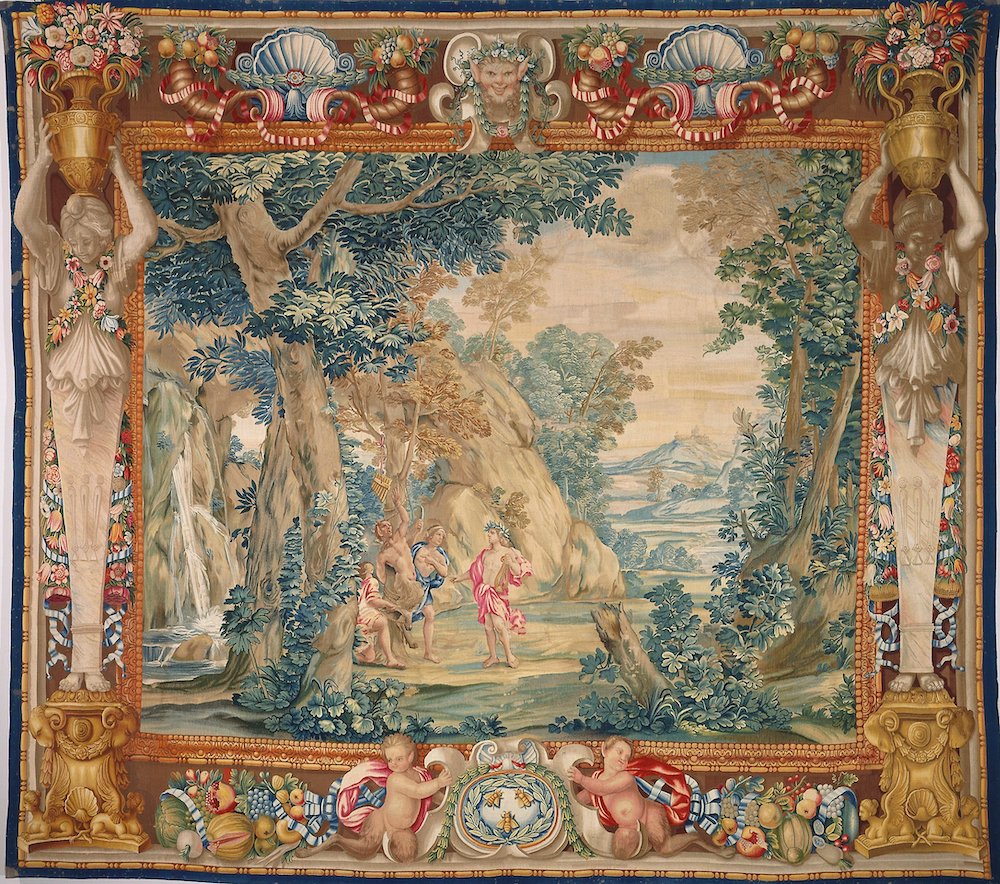
“This exhibition is committed to dispelling the myth of the ‘exceptional’ woman artist. While there were many notable women artists who lived extraordinary lives, like Artemisa Gentileschi, earning favor at royal courts and overcoming the restrictions that excluded them from traditional pathways to success, the majority of women makers’ experiences were far from exceptional,” Banta explains. “The gendered concept of exceptionalism—one that only recognizes the work of women artists who managed to achieve male-determined standards of success—has long excluded women who subscribed to different standards for creative making, and largely ignores the untold number of women who contributed to all stages of artistic production in the fields of manuscript illumination, printmaking and book publication, lace, textile production, small-scale sculpture and devotional objects, ceramics, silversmithing, furniture, paper quilling, and embroidery.”
On view collectively in Making Her Mark, works such as these demonstrate the many ways women played an integral role in the development of European art, culture, and commerce across more than 400 years. Ways extending beyond the making.
What’s in a name?
“The involvement of widows in the story of artistic production on the workshop or manufactory level is one that has been largely ignored in standard art historical narratives,” Banta said. “Since most women could not legally own businesses during this period, many widows continued their deceased husbands’ artistic businesses under their husbands’ names, ensuring that the workshop continued to operate and often bringing in new talent or promoting the business in profitable ways.”
Who knew?
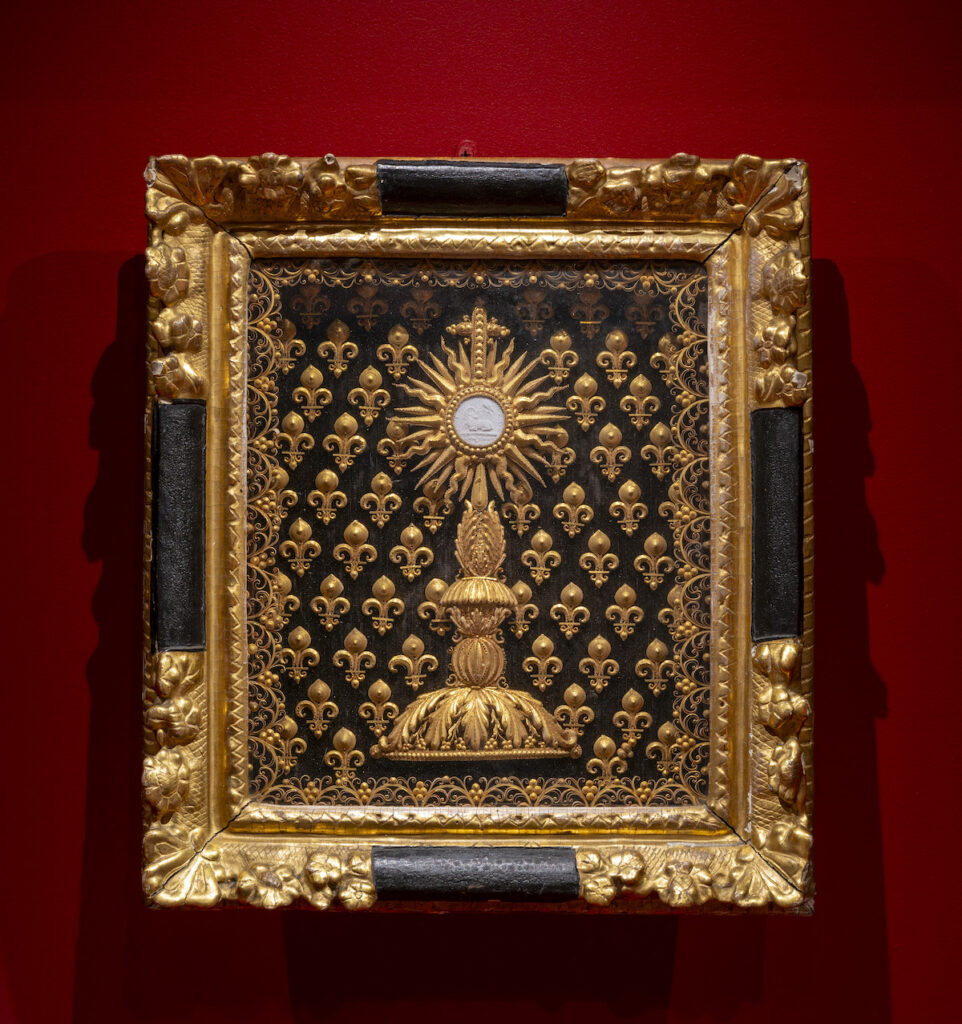
“Another important factor is the role of silent or forced labor in artistic production. Many women and girls worked in manufactory settings to produce aspects of artistic production, such as gilding carved wood details for furniture or frames, burnishing silver, decorating ceramic forms, or designing patterns for embroidery on high-end fashion accessories,” Banta said. “Women also played a significant role in the history of printed book publication and reproductive printmaking. Lace, one of the most expensive European textiles, was predominantly produced in convents and orphanages throughout this period by female makers whose names do not survive in the historical record.”
A transformative approach
When the unidentified female makers are considered along with female collaborators and workshops, as well as the named female artists, and eminence is removed from painting, the foundational picture of Western art history transforms.
“We are hoping to change the way we think today about women makers of the past by proposing an alternate history of European art, one that centers women as creative makers, where they are considered by default rather than as an exception or as an anomaly,” Banta said.
A new way of seeing. A new way of thinking. More complete. More inclusive. More expansive. More accurate.
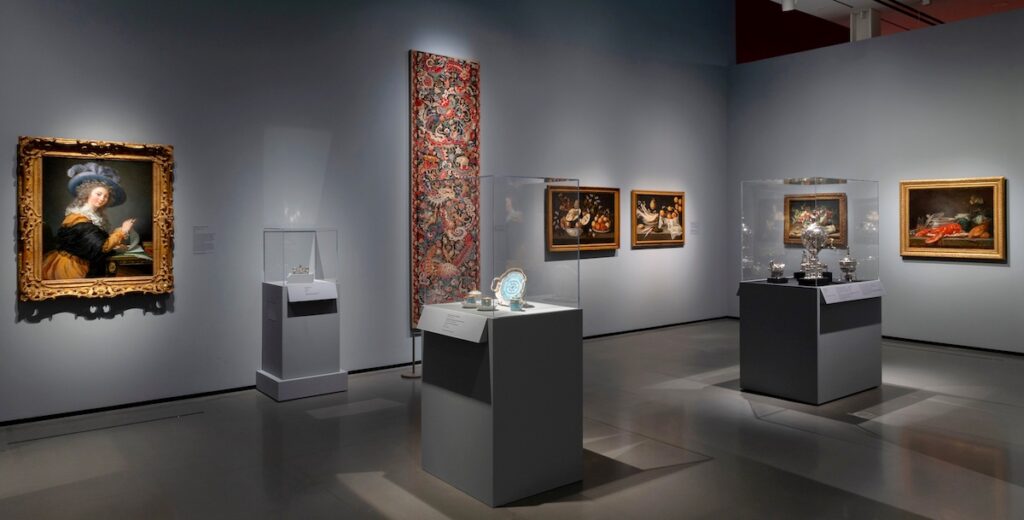
Making Her Mark: A History of Women Artists in Europe, 1400–1800 is on at the Baltimore Museum of Art through January 7, 2024. It moves to Toronto in Spring 2024, where it will run at the Art Gallery of Ontario from March 27 through July 1.
After a 25-year career in sports media, a professional midlife crisis led Chadd Scott into arts, culture and travel writing with an emphasis on Native American, African American and female artists and exhibitions. Follow his See Great Art project on Twitter, Facebook, and Instagram; and/or visit the website.
More Art Herstory exhibition reviews:
Rachel Ruysch at Munich’s Alte Pinakothek, by Erika Gaffney
Roma Pittrice: Women Artists at Work in Rome Between the Sixteenth and Nineteenth Centuries, by Alessandra Masu
Making Her Mark Leaves its Mark at the Art Gallery of Ontario, by Isabelle Hawkins
Early Modern European Women Artists at the Montreal Museum of Fine Arts, by Erika Gaffney
Carlotta Gargalli 1788–1840: “The Elisabetta Sirani of the Day,” by Alessandra Masu
Masters and Sisters in Arts, by Jitske Jasperse
Reflections on Making Her Mark at the Baltimore Museum of Art, by Erika Gaffney
Marie Laurencin: Sapphic Paris, A Review, by Alice M. Rudy Price
Material Re-Enchantments: A Review of Remedios Varo: Science Fictions, by Suzanne Karr Schmidt
Sofonisba Anguissola in Holland, an Exhibition Review, by Erika Gaffney with Cara Verona Viglucci
Rosa Bonheur—Practice Makes Perfect, by Ien G.M. van der Pol
The Ladies of Art are in Milan, by Cecilia Gamberini
In defense of monographic exhibitions of female artists: The case of Fede Galizia, by Camille Nouhant




